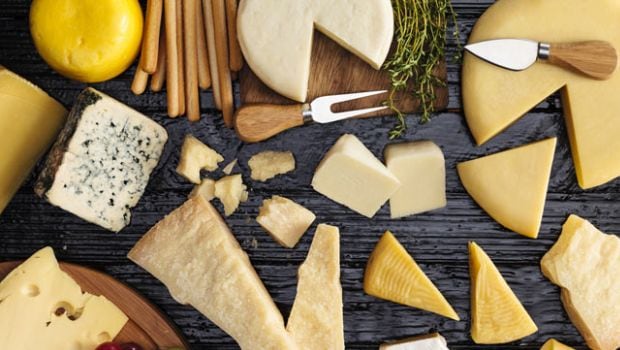"At least in early farmers, milk did not make for bigger, stronger skull bones," said David Katz, postdoctoral researcher at the University of Calgary.
According to the researchers, humans who live by hunting and foraging foods have put more effort into chewing as compared to people living from farming, who eat softer food. Although previous studies have linked skull shape to agriculture and softer foods, it has proved difficult to determine the consistency and extent of these changes at a global level.
Professor Tim Weaver along with Graduate student David Katz, used a worldwide collection of about 559 crania and 534 lower jaws (skull bones) for more than 24 pre-industrial populations to infer the influence of diet on the shape, form and size of the human skull during the transition to agriculture.
The researchers found decent changes in skull morphology for groups that ate dairy products and cereals, or both cereals and dairy products together. "The main differences between forager and farmer skulls are where we would expect to find them, and change in ways we might expect them to, if chewing demands decreased in farming groups," said Katz.
The results showed that among these groups, the largest changes in skull morphology were observed in the groups that consumed dairy products. However, differences due to diet tended to be small as compared other factors that included the difference between females and males or between individuals with the same diet from different populations.
With Inputs from IANS







